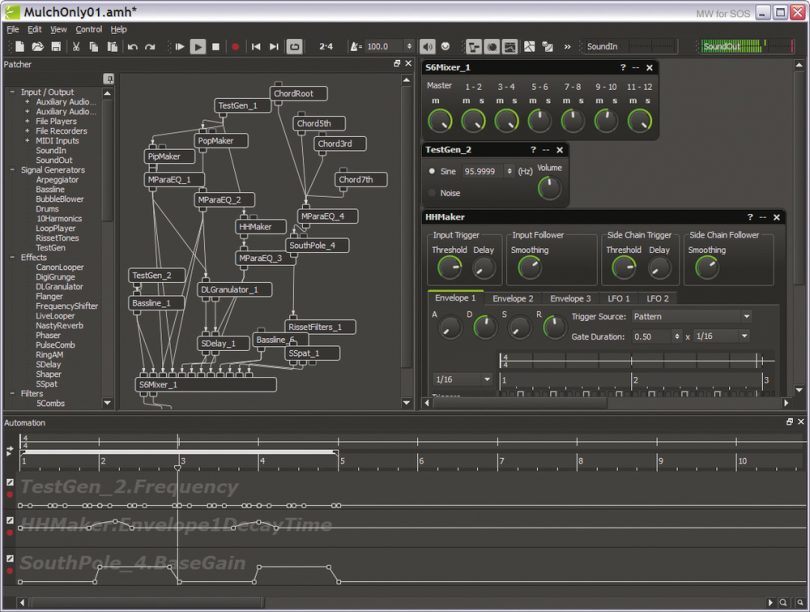
 The more heat the CPU generates, the higher are the chances of throttling if adequate cooling is not provided.Īs mentioned earlier, CPU throttling is the technique through which CPU controls voltage and frequency. The higher the TDP, the more heat the CPU generates.
The more heat the CPU generates, the higher are the chances of throttling if adequate cooling is not provided.Īs mentioned earlier, CPU throttling is the technique through which CPU controls voltage and frequency. The higher the TDP, the more heat the CPU generates.  The higher the frequency, the higher the TDP of a given CPU. The higher the amount of cores, the higher is the TDP of a given CPU. Here are the points to note with regards to TDP as it is central to the theme of CPU Throttling: Intel defines this as a the maximum power consumed when the CPU is operating at base frequency with all cores working. TDP stands for Thermal Design Power and it is expressed in Watts. In order to understand what is CPU throttling, you must also get some grasp of what TDP is. You can see that laptop grade CPU often have lower base and boost frequencies.Īnother very important point to note is the TDP. The following table compares the 11th gen Core i7 models based on their base and boost frequency Power saving CPUs have a lower base and boost frequency. However, if the throttling is caused by an issue, you may not see the CPU hitting the boost or even the base frequency levels.ĭifferent CPU types have different base and boost frequencies.įor instance high performance CPUs have a higher base and boost frequency. In ideal conditions, the CPU automatically throttles between the base and boost frequency.
The higher the frequency, the higher the TDP of a given CPU. The higher the amount of cores, the higher is the TDP of a given CPU. Here are the points to note with regards to TDP as it is central to the theme of CPU Throttling: Intel defines this as a the maximum power consumed when the CPU is operating at base frequency with all cores working. TDP stands for Thermal Design Power and it is expressed in Watts. In order to understand what is CPU throttling, you must also get some grasp of what TDP is. You can see that laptop grade CPU often have lower base and boost frequencies.Īnother very important point to note is the TDP. The following table compares the 11th gen Core i7 models based on their base and boost frequency Power saving CPUs have a lower base and boost frequency. However, if the throttling is caused by an issue, you may not see the CPU hitting the boost or even the base frequency levels.ĭifferent CPU types have different base and boost frequencies.įor instance high performance CPUs have a higher base and boost frequency. In ideal conditions, the CPU automatically throttles between the base and boost frequency. 
In throttling, these two numbers are often quoted. Turbo Boost Frequency is the maximum clock speed the CPU is designed to work at (if NOT overclocked). What is the CPU Base and CPU Turbo Boost Frequency?īefore you attempt to understand what is CPU throttling, it is important to first understand the base and the boost frequency of a CPU.īase Frequency is the minimum clock speed that the CPU is designed to work at.
Thermal vs Power Limit vs Current Limit vs VRM Throttling. What is the CPU Base and CPU Turbo Boost Frequency?.







 0 kommentar(er)
0 kommentar(er)
